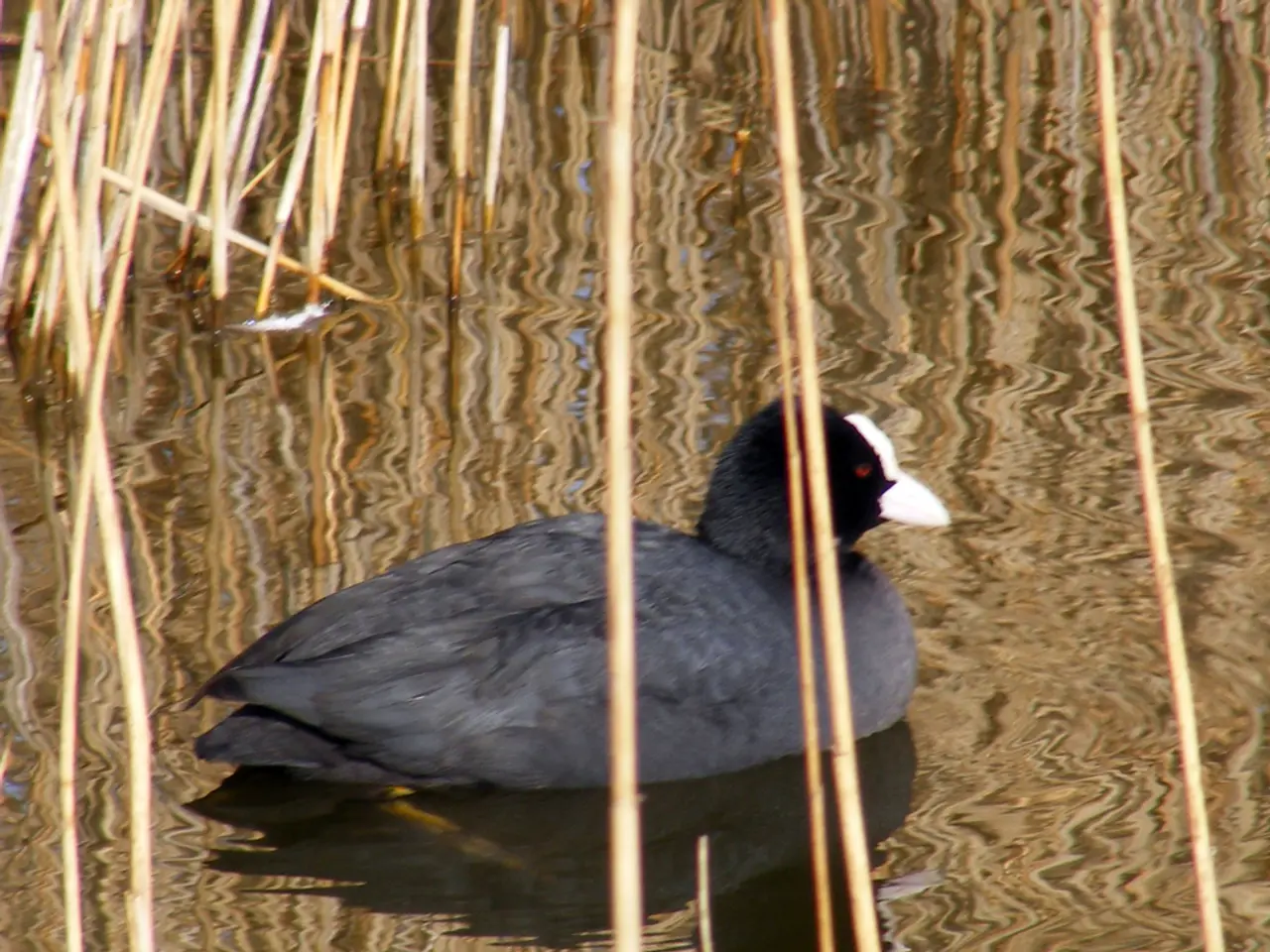Managing Bull Thistle Infestations: Strategies for Controlling Bull Thistle Flora in Your Garden
Bull thistle, native to Western Asia, North America, and parts of Europe, is a free-seeding weed with a prickly demeanor and rapid spread. This invasive plant can produce up to 5,000 seeds in a single season, and its seeds attach themselves to any object that brushes against them, making it a persistent challenge in gardens and agricultural lands.
Here are some effective approaches to controlling and removing bull thistle:
Manual Removal
Hand-pulling and digging are two manual removal methods that can be effective for small infestations. Hand-pulling is best done before flowering to avoid seed dispersal, and it's crucial to remove the entire root system to prevent regrowth. Digging can be achieved by gently loosening the soil around the thistle with a fork, making it easier to remove the root system completely.
Chemical Control
Selective herbicides such as 2,4-D or dicamba can target broadleaf weeds like thistle without harming grass. Non-selective herbicides like glyphosate can be used but require caution as they kill all plants. The application of herbicides should be done during early growth stages for better effectiveness.
Natural and Organic Methods
Vinegar spray, boiling water, smothering with cardboard or mulch, and biological control using goats or sheep are some natural and organic methods for controlling bull thistle. However, these methods may not kill roots or be as effective as other methods.
Integrated Weed Management (IWM)
Cultural practices, pre-emergent herbicides, and monitoring and early action are key components of Integrated Weed Management (IWM). Maintaining a healthy, dense cover of desirable plants can crowd out thistles, while regular mowing prevents flowering and seeding. Pre-emergent herbicides can be applied to prevent thistle seeds from germinating, and regular inspection for thistles should be done to remove them as soon as they appear to prevent spread.
Biological Control
Using natural predators or pathogens specific to thistles can be an effective long-term management strategy. In agricultural situations, a bull thistle seed head gall fly has been proposed as a biological agent, but its effectiveness is limited. A weevil can be an effective control agent for bull thistle, but it may affect desired thistle species.
Prevention
Establishing competitive groundcovers, ensuring proper soil health and irrigation practices, and consulting with a local university extension agency for safe and organic removal methods for large areas of bull thistle are important prevention measures.
Bonnie L. Grant, a professional landscaper with a Certification in Urban Gardening and 15 years of gardening and writing experience, provides these insights into controlling and removing bull thistle. With diligence and the right strategies, it's possible to manage this invasive plant and maintain a thriving garden or agricultural land.
In the battle against the invasive bull thistle, gardening techniques can prove beneficial. For small infestations, manual removal methods like hand-pulling before flowering or digging with a fork can be effective. Additionally, home-and-garden enthusiasts might find success in implementing a natural and organic lifestyle, employing methods such as vinegar spray, boiling water, or smothering with cardboard or mulch.





